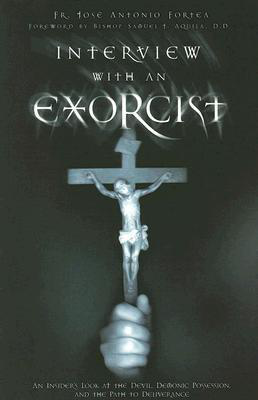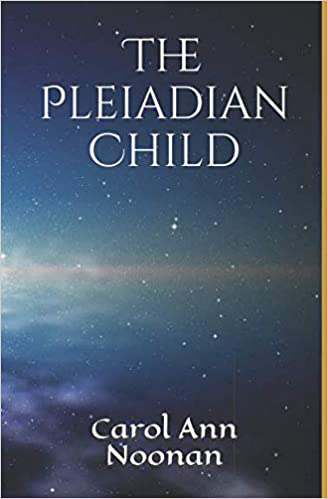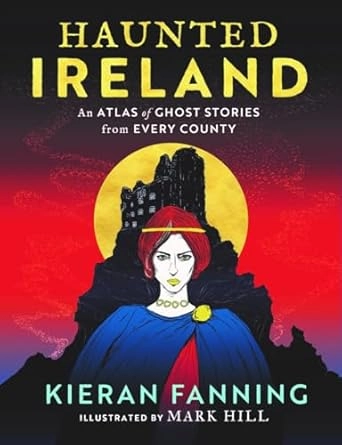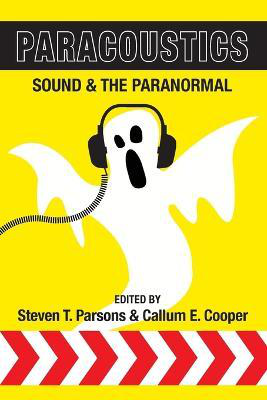April Fools' Day, Unraveling the Origins of a Mischievous Tradition
Mythology/Folklore/History
Monday 1st, April 2024
3 minute read.
April Fools' Day, celebrated annually on the 1st of April, has long been associated with practical jokes and playful hoaxes. However, the exact origins of this tradition remain shrouded in mystery, with historians and scholars offering various theories.
One of the earliest literary references to April Fools' Day can be found in Geoffrey Chaucer's "The Canterbury Tales" from the 14th century. In the "Nun's Priest's Tale," a cunning fox tricks a vain cock by leading him to believe it's been 32 days since March began, placing the events on April 1st. However, modern scholars speculate that there might be a copying error in the text, suggesting that the intended date could have been May 2nd.
Another theory suggests a connection between April Fools' Day and the shifting of New Year's celebrations in Europe during the Middle Ages. Historically, New Year's Day was celebrated on March 25th, with festivities ending on April 1st in some regions of France. Those who adopted the new date of January 1st mocked those who continued to celebrate on April 1st, giving rise to the tradition of playing pranks on that day.
Further evidence of April Fools' Day predating the adoption of January 1st as the official New Year's Day can be found in a 1561 poem by Flemish poet Eduard de Dene. The poem recounts a nobleman sending his servant on foolish errands on April 1st, indicating that the tradition was already established.
In Ireland, it was traditional to entrust the victim with an "important letter" to be given to a named person. That person would read the letter, then ask the victim to take it to someone else, and so on. The letter when opened contained the words "send the fool further".
In England, the earliest reference to April Fools' Day can be traced back to 1686 when John Aubrey referred to it as "Fooles holy day." The following century saw an infamous prank in 1698, where several individuals were tricked into visiting the Tower of London to witness the non-existent "washing of the lions."
Some intriguing theories even link the origins of April Fools' Day to biblical narratives. In a 1908 edition of Harper's Weekly, cartoonist Bertha R. McDonald proposed a connection to the story of Noah's Ark. McDonald wrote, "The mistake of Noah sending the dove out of the ark before the water had abated, on the first day of April... to perpetuate the memory of this deliverance it was thought proper... to punish them by sending them upon some sleeveless errand." While speculative, such interpretations add layers of intrigue to the age-old tradition.
In Scotland, April Fools' Day was once known as "Huntigowk Day," with pranks involving sending unsuspecting individuals on futile errands.
The tradition of April Fools' Day has persisted through centuries, evolving and adapting across different cultures. From literary references to historical events, the origins of this mischievous tradition continue to captivate scholars and enthusiasts alike, reminding us of the timeless appeal of laughter and light heartedness on the first day of April.
On April the 1st, he spirit of jest and playfulness fills the air, with individuals worldwide eagerly anticipating the opportunity to partake in harmless pranks and share a moment of laughter with friends and family.
In the words of the renowned French poet Eloy d'Amerval, who referenced "poisson d'avril" in 1508, let us embrace the spirit of April Fools' Day with joy and merriment, celebrating the timeless tradition that brings a smile to faces across the globe.
One of the earliest literary references to April Fools' Day can be found in Geoffrey Chaucer's "The Canterbury Tales" from the 14th century. In the "Nun's Priest's Tale," a cunning fox tricks a vain cock by leading him to believe it's been 32 days since March began, placing the events on April 1st. However, modern scholars speculate that there might be a copying error in the text, suggesting that the intended date could have been May 2nd.
Another theory suggests a connection between April Fools' Day and the shifting of New Year's celebrations in Europe during the Middle Ages. Historically, New Year's Day was celebrated on March 25th, with festivities ending on April 1st in some regions of France. Those who adopted the new date of January 1st mocked those who continued to celebrate on April 1st, giving rise to the tradition of playing pranks on that day.
Further evidence of April Fools' Day predating the adoption of January 1st as the official New Year's Day can be found in a 1561 poem by Flemish poet Eduard de Dene. The poem recounts a nobleman sending his servant on foolish errands on April 1st, indicating that the tradition was already established.
In Ireland, it was traditional to entrust the victim with an "important letter" to be given to a named person. That person would read the letter, then ask the victim to take it to someone else, and so on. The letter when opened contained the words "send the fool further".
In England, the earliest reference to April Fools' Day can be traced back to 1686 when John Aubrey referred to it as "Fooles holy day." The following century saw an infamous prank in 1698, where several individuals were tricked into visiting the Tower of London to witness the non-existent "washing of the lions."
Some intriguing theories even link the origins of April Fools' Day to biblical narratives. In a 1908 edition of Harper's Weekly, cartoonist Bertha R. McDonald proposed a connection to the story of Noah's Ark. McDonald wrote, "The mistake of Noah sending the dove out of the ark before the water had abated, on the first day of April... to perpetuate the memory of this deliverance it was thought proper... to punish them by sending them upon some sleeveless errand." While speculative, such interpretations add layers of intrigue to the age-old tradition.
In Scotland, April Fools' Day was once known as "Huntigowk Day," with pranks involving sending unsuspecting individuals on futile errands.
The tradition of April Fools' Day has persisted through centuries, evolving and adapting across different cultures. From literary references to historical events, the origins of this mischievous tradition continue to captivate scholars and enthusiasts alike, reminding us of the timeless appeal of laughter and light heartedness on the first day of April.
On April the 1st, he spirit of jest and playfulness fills the air, with individuals worldwide eagerly anticipating the opportunity to partake in harmless pranks and share a moment of laughter with friends and family.
In the words of the renowned French poet Eloy d'Amerval, who referenced "poisson d'avril" in 1508, let us embrace the spirit of April Fools' Day with joy and merriment, celebrating the timeless tradition that brings a smile to faces across the globe.



